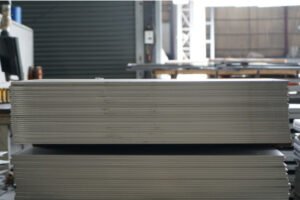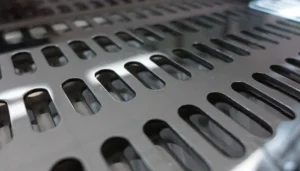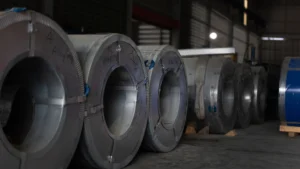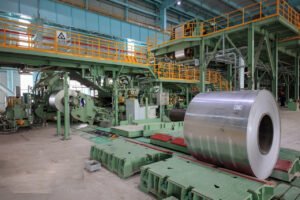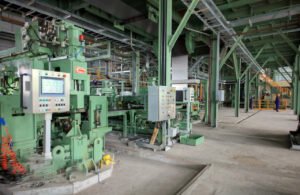Why Food-Grade 304 Stainless Steel is Crucial for Health & Safety
Choosing the wrong material for food applications is a huge risk. This mistake can lead to contamination, brand damage, and serious health issues. 304 stainless steel provides a trusted solution.
The importance of food-grade 304 stainless steel stems from its specific composition, featuring high chromium and nickel content. This creates a non-reactive, corrosion-resistant surface that prevents leaching and bacterial growth, ensuring it is safe for direct contact with food and beverages.
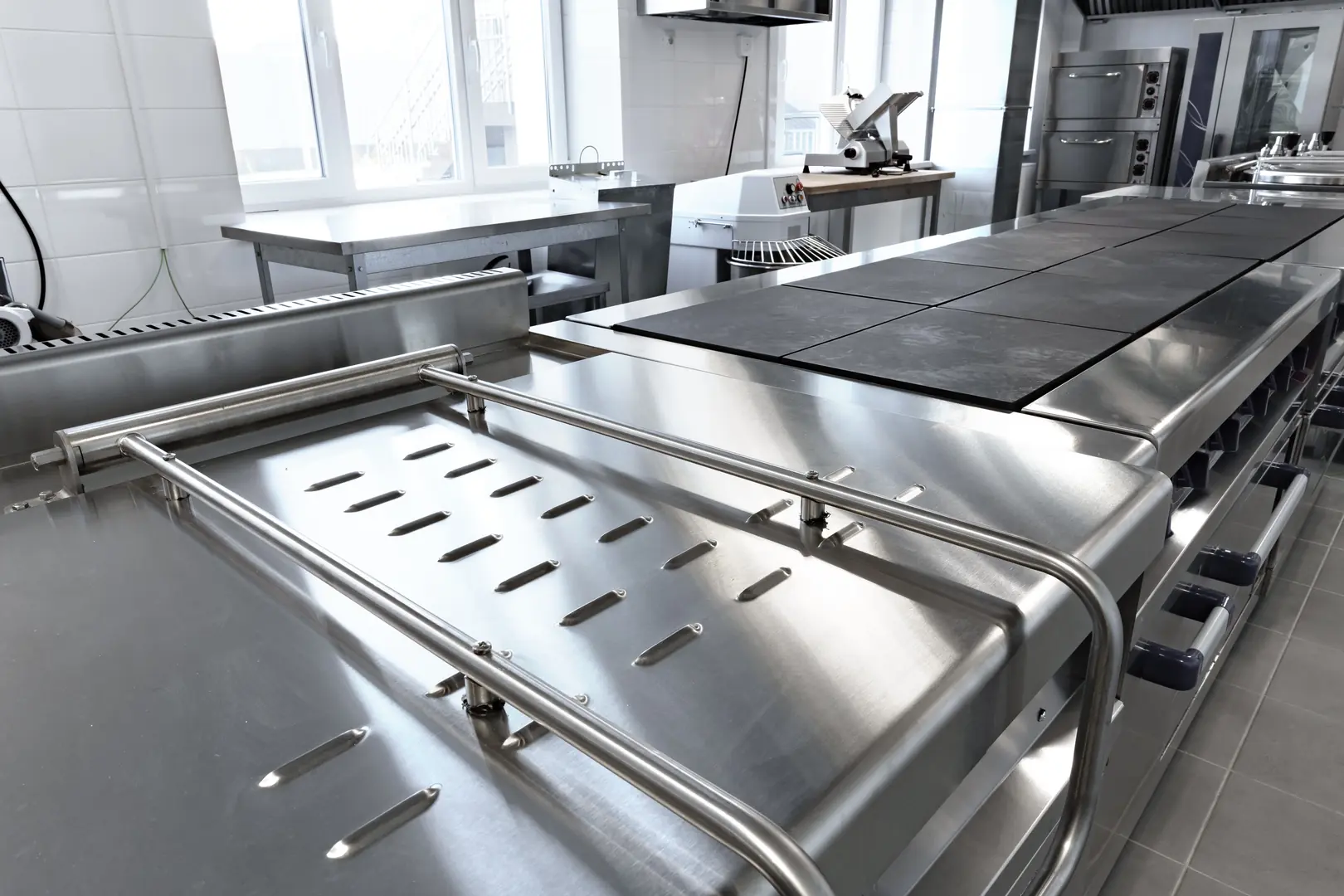
As someone who has spent years navigating the global materials market, I've seen firsthand how the choice of steel can make or break a product's success and a company's reputation. The conversation around materials is no longer just about cost or durability; it's about safety. In industries where public health is on the line, like food processing and medical equipment, the standards are rightly unforgiving. Let's explore exactly why 304 stainless steel has become the undisputed benchmark for health and safety.
What makes 304 stainless steel food-grade and suitable for health applications?
Not all steel is safe for food contact. Using a lesser grade can introduce unwanted chemicals and rust into products. The specific alloy of 304 stainless steel makes it perfect.
304 stainless steel is considered food-grade because its 18% chromium and 8% nickel composition forms a stable, passive, non-reactive layer. This layer prevents rust and stops metallic elements from leaching into food, even when exposed to acidic or alkaline substances.

The term "food-grade" isn't just a marketing label; it's a scientific designation based on a material's chemical stability. The magic of 304 lies in its composition. This isn't just a random mix of metals; it's a precisely engineered alloy designed for performance and safety. As global consumer awareness about food safety grows, so does the pressure on manufacturers to use materials that are verifiably safe. This is where the science behind 304 becomes a powerful business advantage.
The Chemistry of Safety
The hero in 304 stainless steel is chromium. When exposed to oxygen, the chromium on the steel's surface forms a thin, invisible, and incredibly durable "passive layer[^5]" of chromium oxide. This layer is self-healing; if it gets scratched, it instantly reforms as long as oxygen is present. It acts as a shield, protecting the iron in the steel from rusting and corroding when it comes into contact with water, cleaning agents, and food products. The nickel content adds to this resilience, improving the steel's formability and providing extra resistance against certain acids commonly found in foods, like citric acid in lemons or acetic acid in vinegar. This robust chemical stability is the foundation of its suitability for health-related applications.
Meeting Global Standards
Different grades of stainless steel exist for a reason, and not all are created equal. For example, the 200 series of stainless steel often substitutes manganese for nickel to lower costs. While it looks similar, it has significantly lower corrosion resistance and is not suitable for most food-contact applications.
| Характеристика | Food-Grade 304 SS | Non-Food-Grade 201 SS |
|---|---|---|
| Chromium (Cr) % | ~18% | ~17% |
| Nickel (Ni) % | ~8% | ~4% |
| Устойчивость к коррозии | Превосходно | От плохого до хорошего |
| Leaching Risk | Extremely Low | От умеренного до высокого |
| Suitability for Acidic Foods | Да | Нет |
At MFY, we understand that meeting international food safety standards starts at the source. By ensuring our 304 coils and sheets have the correct chemical makeup, we help our clients build products that are not only compliant but also superior in quality and safety.
How does 304 stainless steel contribute to food safety and hygiene?
Maintaining a sterile environment is a constant battle. Porous or easily damaged surfaces can harbor dangerous bacteria, leading to widespread illness. 304's smooth surface is the solution.
The non-porous and corrosion-resistant surface of 304 stainless steel is critical for hygiene. It leaves no microscopic cracks for bacteria or pathogens to hide, and it is exceptionally easy to clean and sanitize without degrading, ensuring a sterile food-contact surface.
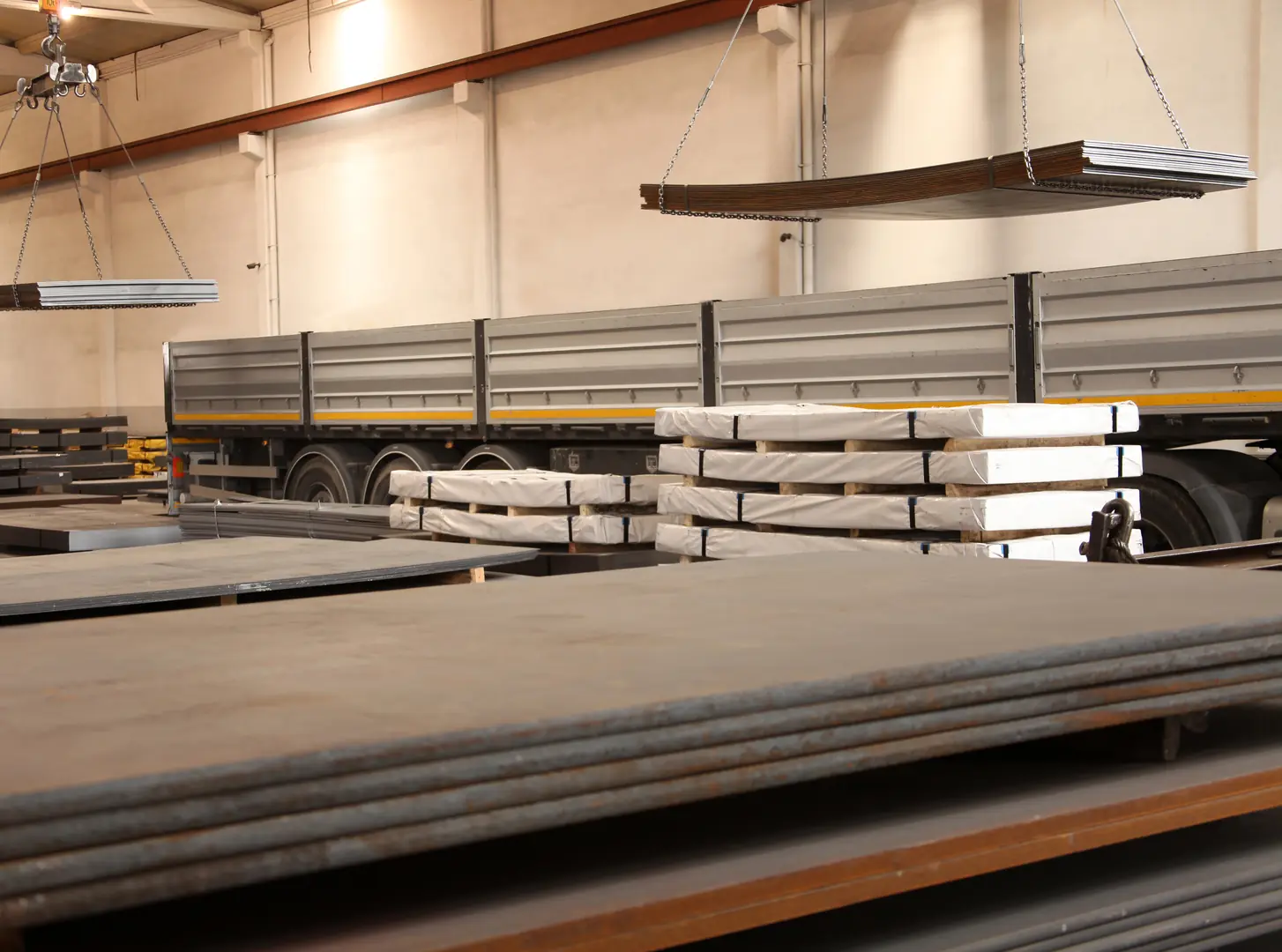
In any commercial kitchen or food processing plant, cleanliness is not just a virtue; it's a legal and moral requirement. The material you choose for your equipment directly impacts how easy it is to maintain that level of hygiene. A material that degrades, pits, or cracks becomes a liability. I remember visiting a dairy processing client in Southeast Asia who was struggling with high bacteria counts despite a rigorous cleaning schedule. The problem was their older, lower-grade equipment, which had developed microscopic fissures. After they upgraded their vats and pipes to MFY's 304 stainless steel, their compliance scores soared, and their cleaning process became far more efficient.
The Non-Porous Advantage
Unlike materials like plastic, wood, or even lower-grade metals, 304 stainless steel has an incredibly smooth and non-porous finish. On a microscopic level, this means there are no tiny crevices, pores, or cracks where food particles and microorganisms like Salmonella, E. coli, and Listeria can accumulate. When a surface is truly non-porous, cleaning is not just about what you can see. It means you can effectively remove and kill virtually all contaminants, ensuring the surface is truly sanitized and ready for safe food production. This property is why 304 is the default material specified by health codes and food safety standards worldwide, from the FDA in the United States to the EFSA in Europe.
Resilience in Demanding Environments
Food processing environments are tough. Equipment is subjected to daily cycles of high-pressure washing, harsh chemical sanitizers, and extreme temperatures for sterilization. 304 stainless steel is built to withstand this abuse without breaking down. It doesn't react with common chlorine-based sanitizers or acidic cleaning agents, which could corrode lesser metals. Its ability to maintain its smooth surface integrity after thousands of cleaning cycles is what makes it a reliable, long-term investment. This resilience ensures that the hygienic properties you invest in on day one are still protecting your products and customers years later.
What are the potential health risks of not using food-grade stainless steel?
Cutting corners on material costs is tempting for some. But this choice can lead to toxic metals leaching into food and rust contamination. Understanding these risks shows 304's true value.
Using non-food-grade steel carries significant health risks, including the leaching of heavy metals like lead, cadmium, and manganese into food. It can also corrode, releasing rust particles that contaminate products and create surfaces where harmful bacteria thrive.

The consequences of material failure in the food industry are severe. It's not just about a product tasting metallic; it's about the potential for chronic health issues caused by long-term exposure to toxins. The heightened awareness of foodborne illnesses and regulatory scrutiny means that a single incident of contamination can destroy consumer trust and lead to crippling legal and financial penalties. The initial savings from using a cheaper, non-compliant material are insignificant compared to the potential long-term costs. This is a classic case of "penny wise, pound foolish," and it's a risk that no responsible manufacturer should ever take.
The Danger of Heavy Metal Leaching
The primary danger of using non-food-grade metals is chemical leaching. When materials with poor corrosion resistance are exposed to acidic foods (like tomato sauce or fruit juice) or salts, the metal can begin to break down, releasing its constituent elements into the food.
| Risk Factor | Non-Food-Grade Metal (e.g., Galvanized Steel, 201 SS) | Food-Grade 304 Stainless Steel |
|---|---|---|
| Heavy Metal Leaching | High risk of leaching zinc, lead, or manganese. | Extremely low to negligible risk. |
| Corrosion & Rust | Prone to rusting, which contaminates food. | Highly resistant to rust and corrosion. |
| Bacterial Growth | Pitting and corrosion create hiding spots for bacteria. | Smooth, non-porous surface prevents bacterial harborage. |
| Regulatory Compliance | Fails to meet FDA, EFSA, and other standards. | Meets or exceeds all major global food safety standards. |
Contamination from Corrosion
Beyond leaching, simple rust is a major contaminant. Rust particles not only ruin the flavor and appearance of food but can also harbor bacteria. A rusted surface is by definition a compromised surface. It is no longer smooth or non-porous, making it impossible to clean and sanitize effectively. Choosing 304 stainless steel is a proactive measure to eliminate these risks from the very beginning of the product design and manufacturing process.
How can manufacturers ensure the use of high-quality 304 stainless steel in their products?
How can you be certain you're getting genuine 304 steel? Counterfeit materials are a growing threat that can compromise your product and brand. Partner with a trusted supplier and demand proof.
Manufacturers must verify the quality of 304 stainless steel by demanding a Mill Test Certificate (MTC) for every batch. They should also consider independent testing and, most importantly, partner with reputable suppliers who control their supply chain and guarantee material traceability.
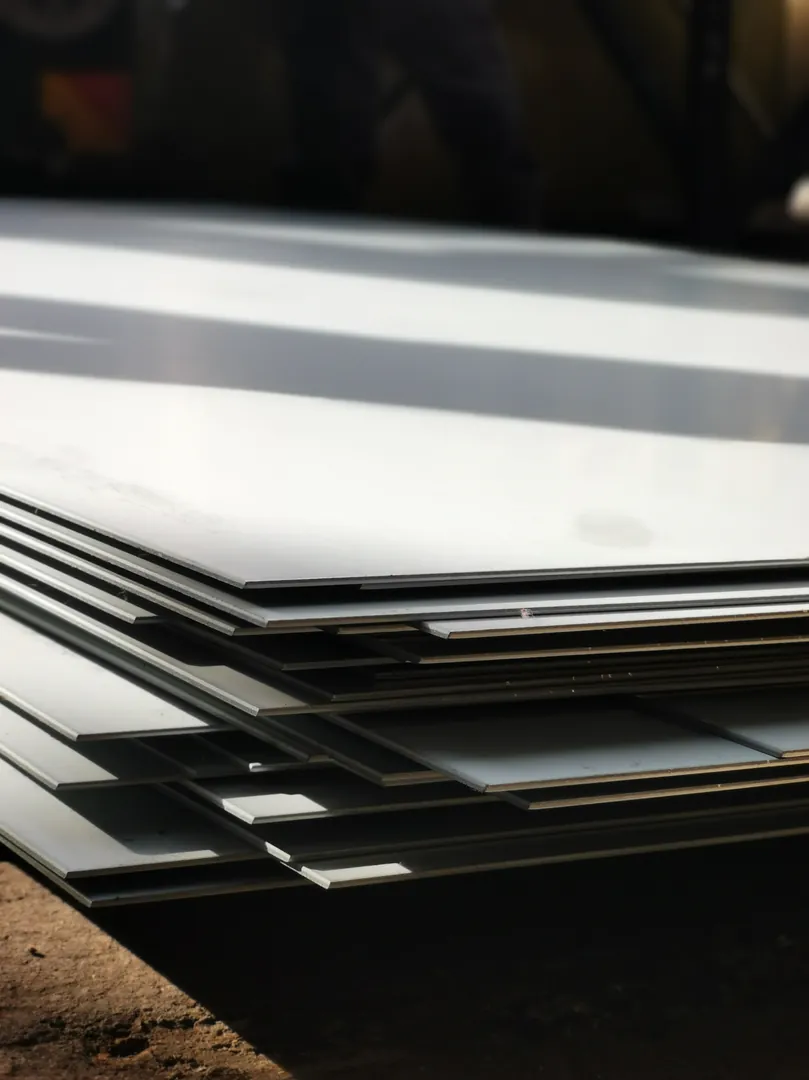
In my role at MFY, I talk to manufacturers every day who are concerned about supply chain integrity. The market is flooded with materials of varying quality, and it can be difficult to tell the difference just by looking. This is why due diligence is not optional; it is essential. Your brand's reputation for safety and quality is built on the materials you use. Ensuring you get what you pay for is one of the most critical steps in manufacturing. It’s about building a chain of trust that starts with the raw material and extends all the way to the end consumer.
The Power of the Mill Test Certificate (MTC)
The single most important document for verifying steel quality is the Mill Test Certificate, or MTC. This document is like a birth certificate for a batch of steel. It is issued by the original manufacturer (the mill) and provides a detailed chemical and mechanical breakdown of the material. When you review an MTC for 304 stainless steel, you should confirm that the chromium content is at least 18% and the nickel content is at least 8%. Any reputable supplier should be able to provide a clear, traceable MTC for every shipment. At MFY, this is a non-negotiable part of our process because we believe transparency is the cornerstone of trust.
Choosing the Right Supply Chain Partner
The surest way to guarantee quality is to work with a partner who has deep control over their supply chain. An integrated company like MFY, which is involved from raw material sourcing to final production and export, can provide a level of assurance that a simple trader cannot. We know the origin, composition, and processing history of every coil and sheet we sell. This vertical integration eliminates the risk of counterfeit or substandard materials entering the supply chain. When you partner with us, you are not just buying steel; you are investing in a verified, transparent, and reliable supply chain that protects your product, your brand, and your customers.
What are the best practices for maintaining 304 stainless steel to ensure continued safety?
Even the best materials require proper care. Neglecting maintenance can compromise the safety benefits of 304 stainless steel over time. Simple cleaning protocols ensure its longevity and performance.
To maintain 304 stainless steel, always use soft cloths or sponges with non-abrasive, non-chloride cleaners. Clean in the direction of the grain, rinse thoroughly with clean water, and wipe dry to prevent water spots and preserve the protective passive layer.

Investing in 304 stainless steel is the first step. The second is ensuring your team knows how to care for it properly. Improper maintenance is the most common reason I see for premature degradation of high-quality steel. Using the wrong tools or chemicals, like steel wool or cleaners containing chlorides, can scratch the surface and break down the protective passive layer, inviting corrosion. Fortunately, proper maintenance is straightforward and easy to implement. A simple training session with your cleaning and maintenance crews can protect your investment and ensure your equipment remains safe and hygienic for its entire lifespan.
The Do's and Don'ts of 304 Maintenance
Proper care is about using the right techniques and avoiding common mistakes. It’s a simple but crucial process to ensure the longevity and safety of your stainless steel equipment.
Maintenance Best Practices
Here is a simple checklist for maintaining your 304 stainless steel surfaces to keep them in optimal condition.
| Task | Частота | Tools/Materials | Key Considerations |
|---|---|---|---|
| Routine Cleaning | Ежедневно | Soft cloth, warm water, mild detergent | Clean along the grain to avoid micro-scratches. |
| Sanitizing | As required | Approved non-chloride sanitizer | Always rinse thoroughly with clean water afterward. |
| Drying | After every wash | Squeegee or soft, lint-free cloth | Prevents water spots and mineral buildup. |
| Пассивация | If corrosion appears | Nitric or citric acid solution (by professionals) | Restores the protective chromium-oxide layer. |
The most important takeaway is to be gentle. 304 stainless steel is incredibly durable, but its passive layer is not invincible. Avoid abrasive powders, steel brushes, and especially cleaners containing chlorides, bromides, iodides, or fluorides, as they can aggressively attack the passive layer and cause pitting corrosion. By following these simple rules, you ensure your equipment remains as safe and hygienic as the day it was installed.
Заключение
304 stainless steel is not just a material; it's a commitment to safety, quality, and trust. Its composition makes it the ideal choice for any application where hygiene is paramount. Investing in verified, high-quality 304 steel protects your customers, your brand, and your business's future.
У вас есть вопросы или нужна дополнительная информация?
Свяжитесь с нами, чтобы получить индивидуальную помощь и квалифицированный совет.
